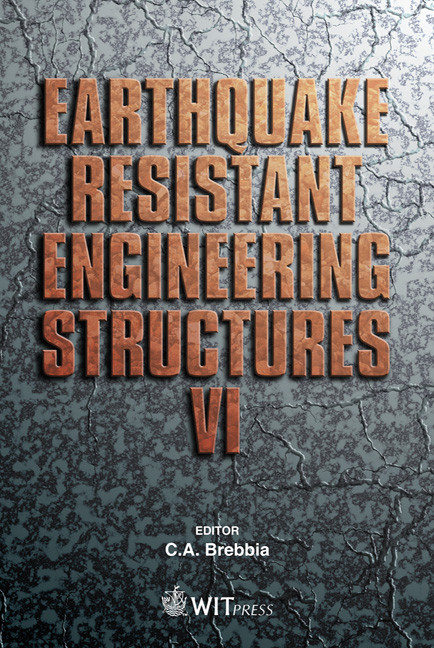Three-dimensional Seismic Damage Simulation Of Wooden Houses Using A Rigid Body-spring Method
Price
Free (open access)
Transaction
Volume
93
Pages
10
Published
2007
Size
1,520 kb
Paper DOI
10.2495/ERES070401
Copyright
WIT Press
Author(s)
H. Kawakami, E. A. Tingatinga & H. Y. Chang
Abstract
In Japan, the majority of modern residential and a fraction of commercial structures are of woodframed construction. The vast number of wooden houses is critical to the infrastructure of the country and their continued good performance is integral to the overall economic welfare. However, the casualties and damage caused by the 1995 Kobe earthquake suggest that these structures are most vulnerable to strong motion earthquakes. Therefore, in order to guarantee the safety of the general public in the event of future earthquakes, it is necessary to study the mechanisms of collapse of these built structures and to provide a way to identify their weak points for the benefit of retrofitting. To address the above issues, a new methodology was developed for the seismic performance assessment of wooden houses. This methodology identifies local failures such as column buckling and connection fracture, which may induce the global system to collapse. In this study, a three-dimensional rigid body-spring method, which can describe the inelastic behaviour of a structure and simulate the progressive collapse process, was employed. The sequence of the analysis and results in the form of computer animations offer a real-time assessment of the structural integrity of buildings during earthquakes. Keywords: wooden houses, collapse, damage, buildings, rigid body-spring method, simulation. 1 Introduction The evolution in computer hardware has had remarkable impact on computing science and engineering design. Desktop and portable computers nowadays are
Keywords
wooden houses, collapse, damage, buildings, rigid body-spring method, simulation.





